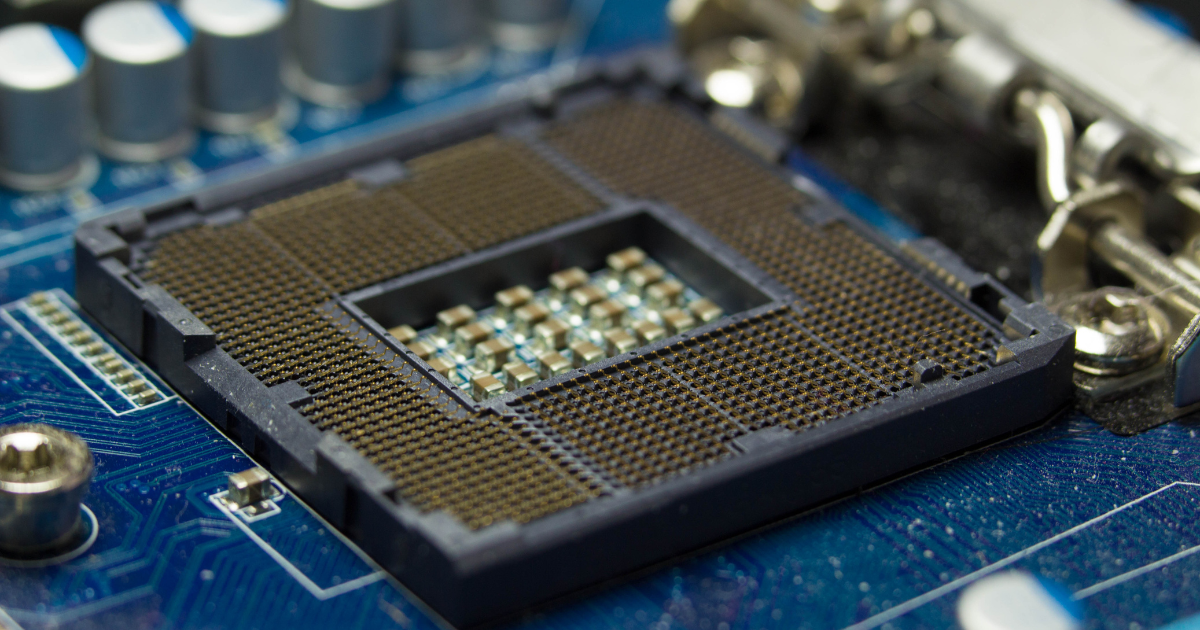NVIDIA Corporation (NVDA) has undoubtedly been one of the hottest large-cap stocks this year, surging over 150% year-to-date and more than 195% in the past 12 months. This stellar performance is driven by the massive demand for its graphics processing units (GPUs), which help run and train AI algorithms.
For the second quarter that ended July 28, 2024, Nvidia’s revenue increased 122% year-over-year to $30.04 billion and 15% from the first quarter. This robust growth exceeded analysts’ expectations, who had forecasted around $28.75 billion. NVDA’s Data Center Group (primarily connected to its AI operations) generated $26.30 billion in revenue, resulting in a 16% sequential gain and a triple-digit growth of 154% over the same period last year.
The company’s bottom line remained buoyant, with operating income surging 174% from the year-ago value to $18.64 billion. NVDA’s non-GAAP net income amounted to $16.95 billion or $0.68 per share, compared to $6.74 billion or $0.27 per share in the previous year’s quarter, respectively. The chipmaker is now gearing up for new AI hardware releases based on the Blackwell architecture, which could boost demand in the coming years.
Moreover, it forecasted a revenue of $32.50 billion, plus or minus 2%, for its fiscal third quarter, representing an 81.6% growth from the year-ago quarter. However, this slightly falls short of the analysts’ estimates of $32.91 billion.
Is NVDA’s Buyback a Boost for Earnings or a Sign of Investor Fatigue?
In addition to its strong financials, NVIDIA’s board has approved a massive $50 billion share buyback program. This adds to the $7.5 billion remaining from its previous buyback plan. Share repurchases typically boost earnings per share by reducing the number of outstanding shares, making the stock more attractive to investors.
The company has already returned $15.4 billion to shareholders through repurchases and dividends during the first half of fiscal 2025. However, despite the strong financial performance and the buyback announcement, NVDA’s stock dropped around 10% after its earnings report. It seems investors had such high expectations that even strong results weren’t enough to impress them.
“Investors want more, more and more when it comes to Nvidia,” said Dan Coatsworth, investment analyst at AJ Bell. “It looks like investors might not have taken the average of analyst forecasts to be the benchmark for Nvidia’s performance, instead, they’ve taken the highest end of the estimate range to be the hurdle to clear.”
On the brighter side, the company’s upcoming AI-focused chips, particularly the Blackwell architecture, are poised to meet rising demand and could reignite investor confidence. While its production has been slightly delayed, the company plans to ramp up shipments in the fourth quarter, with strong demand already building up.
Alongside Blackwell, Nvidia’s Hopper platform continues to see robust demand, and shipments of its upgraded H200 platform are targeting cloud service providers and large enterprises, with more demand expected in the second half of 2024. Thus, Nvidia still has plenty of fuel left to drive another rally.
Bottom Line
Thanks to the surging demand for its AI platforms, upcoming product launches, and a broadening market, we believe that Nvidia is well-positioned for continued expansion. The recent dip in its share price could simply be a brief pause before the next phase of growth unfolds.
Moreover, analysts remain bullish on the chipmaker’s long-term prospects. Out of 42 analysts that rated NVDA, 39 rated it Buy, while three rated it Hold. The 12-month median price target of $152.44 indicates a 22.9% upside potential from the last closing price. The price targets range from a low of $90 to a high of $200.
Therefore, investors looking for long-term opportunities could consider scooping up the shares of this tech giant before the stock regains momentum.



